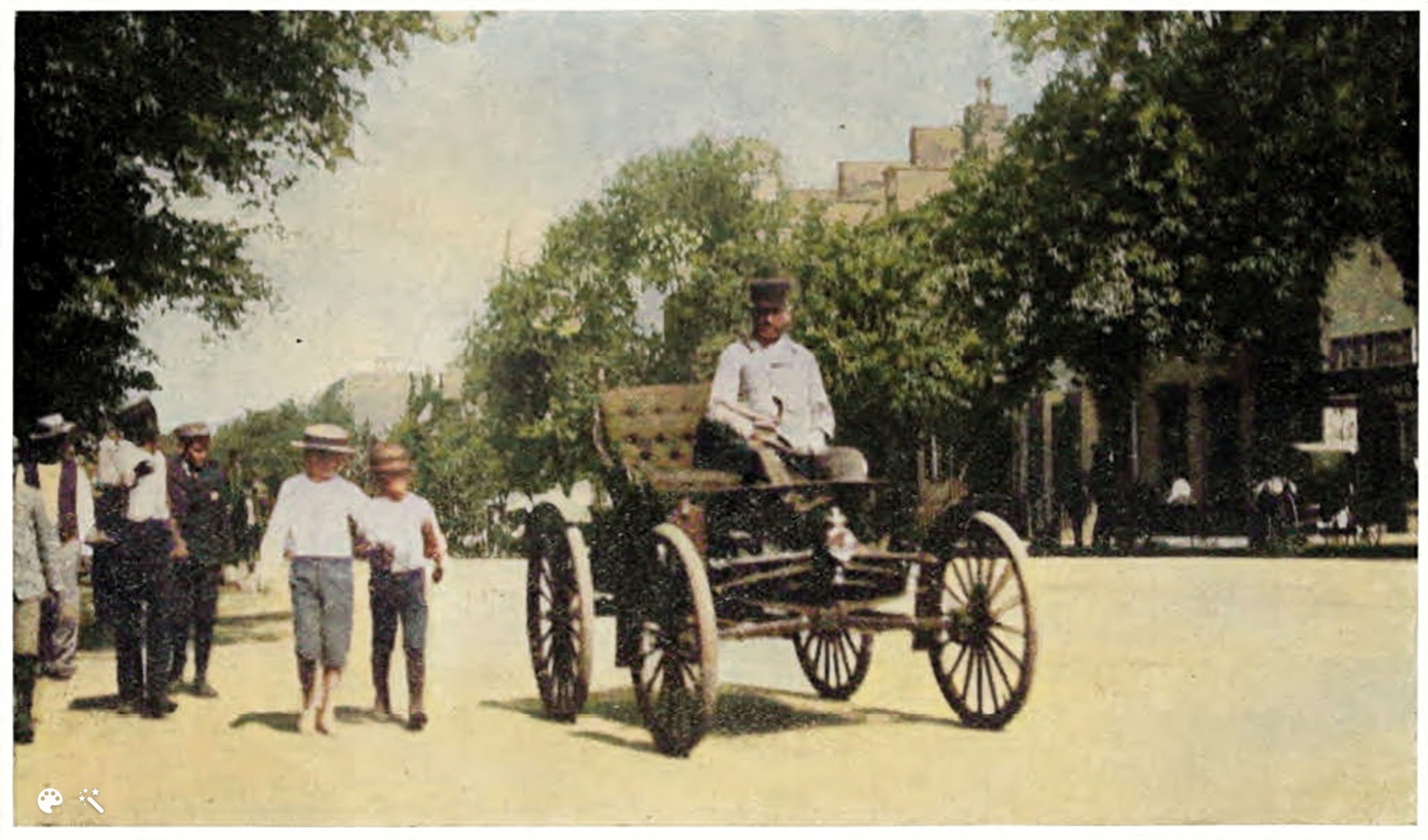
Before Elon Musk’s Tesla cars, electric automobiles roamed the streets of the nation’s capital, President William Howard Taft’s wife drove an electric car. President Woodrow Wilson rode in an electric, and his wife drove one.
By the turn of the 20th century, horseless carriages had replaced horse-drawn carriages in most major American cities. In 1901, an estimated 38 percent of cars in the United States were electric, 40 percent were powered by steam, and 22 percent ran on gasoline. As a result, streets were cleaner and less stinky in many cities. In New York City alone, horses had deposited about 2.5 million pounds of manure daily on the streets.
By 1915, Washington had 1,325 electric cars, about the same number as Detroit. This ranked behind Chicago with 4,000 electrics and New York with 3,200. In Washington, “the automotive public has had an awakening and has found that the modern electric car truly is an eye-opener,” said W.R. Emerson of Emerson & Orma, the local dealership for an Anderson Electric Car Co. model called the Detroit Electric.
Women were the driving force behind electric cars. The electrics were cleaner, quieter, and easier to drive than steamers, especially gasoline cars, which spewed smelly fumes and had to be started with a hand crank. Denver socialite Margaret Whitehead drove a Fritsche Electric because, she said, a lady “can wear the most perishable and delicately hued gown she possesses, and the daintiest of footwear without giving a thought, for when she arrives at her destination, she is unsullied, and her coiffure is as unruffled as when she left the house.”
The electric car burst onto the scene in the late 1800s and early 1900s. In 1899 and 1900, electric vehicles outsold all other types of cars. In fact, 28 percent of all 4,192 cars produced in the US in 1900 were electric, according to the American Census. Sales of electric cars peaked in the early 1910s.
The Dangers of Automobile Travel - A Reconsideration27739679
Sources and Related Links